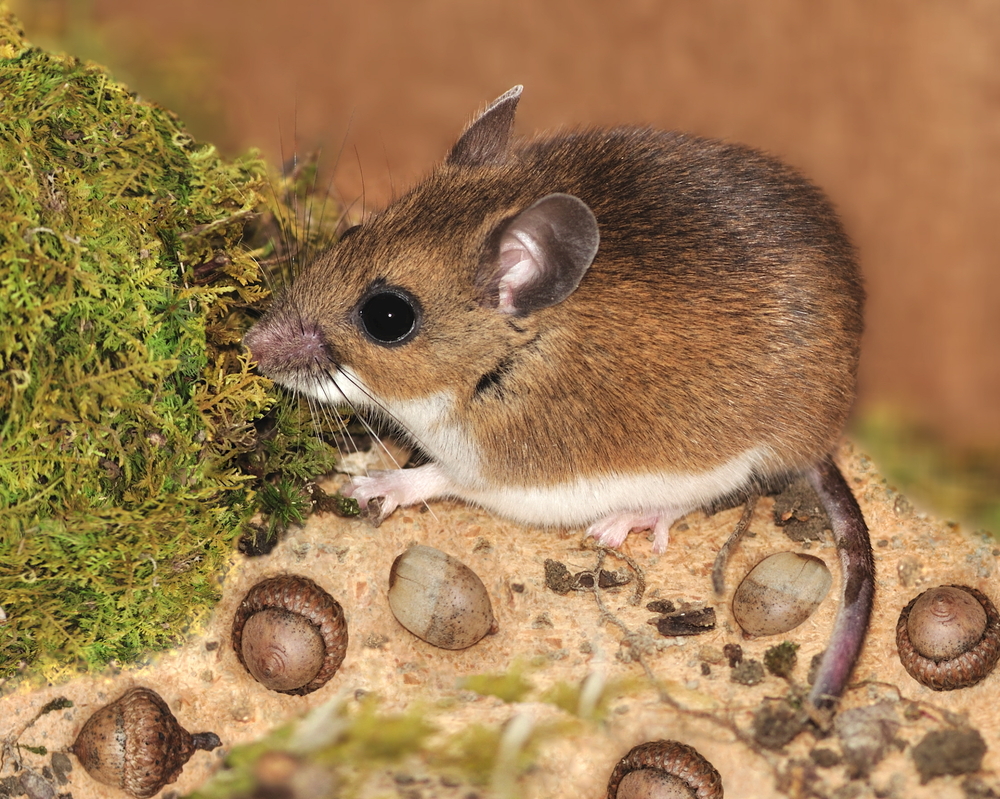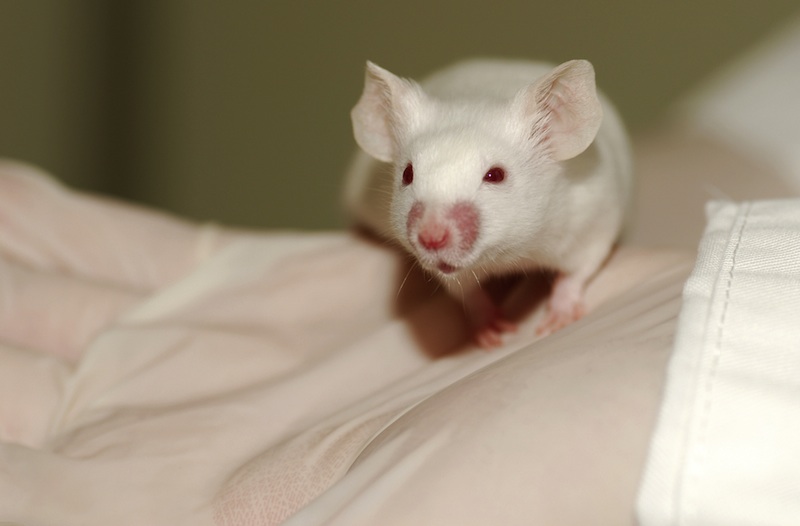Baby Mouse Baby Mouse the Book Main Characters
Mouse Facts: Habits, Habitat & Types of Mice

A mouse is a minor rodent with a pointed nose, furry round trunk, large ears and a long, often hairless, tail. In that location are hundreds of types of mice, divided into subfamilies of either Old World or New World species. Mutual varieties include deer mouse, firm mouse, field mouse, wood mouse, dormouse, spiny mouse and zebra mouse.
Though some people talk about mice and rats as if they were the aforementioned thing, they are actually different types of animals in the rodent family. Rats generally are larger than mice, and they can be bald, scaly and cylinder-shaped.

Size
Mice come up in a broad variety of colors and sizes. Some common mice colors are white, brown and grey. Some are very tiny and others are around the size of a baked potato.
Mice typically grow from 1 to vii inches (ii.54 to 18 centimeters) in length and weigh between 0.v and 1 ounce (.23 to .028 kilograms). The African pygmy is the smallest known mouse on the planet. It measures one.2 - 3.1 inches (3.04 to 7.874 cm) and tin weigh less than .35 ounces (.01 kg). These measurements practice not include tail length. Some mice have tails that are as long as their bodies.
Where do mice alive?
Mice are hardy creatures that are establish in most every country and type of terrain. They tin live in forests, grasslands and manmade structures easily. Mice typically make a burrow surreptitious if they live out in the wild. Their burrow helps protect them from predators. Their natural predators are cats, birds, wild dogs and foxes.
Mice are nocturnal, meaning they like to sleep during the mean solar day. This is why pet mice or house mice can be heard playing or foraging during the night. Most wild mice are timid toward humans and other animals, merely they are very social with other mice. Domestic mice are very friendly toward humans and can make good pets for older children and adults.
Co-ordinate to the RSPCA, mice are very territorial. Even domestic mice similar to have a large area that they can claim as their ain.
What do mice eat?
If you believe what you lot see in cartoons, you lot would call up that mice swallow cheese. Really, they like to eat fruits, seeds and grains. They are omnivorous, which means they eat both plants and meat, and the mutual house mice will swallow just most anything information technology tin find. In fact, if food is scarce, mice will even eat each other.
Mice have voracious appetites. They eat around xv to 20 times per day, so they build their homes nearby places that accept readily accessible food sources.
Baby mice
When homes are infested with mice, humans will frequently detect chewed up wires, books, papers and insulation effectually their home. Mice aren't eating these items, they are chewing them into pieces that they can use to make their nests. This is because mice nests are fabricated from whatever the female mouse can notice.
At around iv to 7 weeks onetime, a female person mouse volition mate and have immature. She volition comport her young for 19 to 21 days and requite nativity to four to a dozen babies, according to the University of Florida. Mice tin accept a new litter of babies every 3 weeks.
Mice accept unusual names. Females are does, males are bucks and babies are called pinkies because of their bright pink colour. Baby mice are also chosen pups.
Pet mice tin alive upward to six years, while wild mice usually but live effectually 1 to 2.five years.
Classification/taxonomy
According to the Integrated Taxonomic Information System (ITIS), the taxonomy of mice is:
- Kingdom: Animalia
- Phylum: Chordata
- Form: Mammalia
- Social club: Rodentia
- Suborder: Myomorpha
- Family: Muridae
- Subfamilies: Murinae (Old Globe rats and mice), Sigmodontinae (New Globe rats and mice)
- Genera & species: Hundreds, includingMus muscle (firm mouse),Apodemus flavicollis (yellow-necked field mouse),Apodemus sylvaticus (forest mouse),Peromyscus maniculatus (deer mouse),Micromys minutus (Eurasian harvest mouse) andMuscardinus avellanarius (hazel dormouse)
Conservation status:

Most mice have healthy populations, though at that place are a few species that are endangered, such equally the Alabama embankment mouse. Massive hurricanes in by years have nearly wiped out their natural habitat. New United mexican states'southward jumping mouse is also endangered due to wildfires, drought and other threats.
Other facts
Mice are much similar humans in how their bodies and minds work. This is why laboratories use mice as test subjects for medicines and other items that may be used on humans. About all modern medicine is tested on mice before they go to human medical trials.
Mice are tough lilliputian creatures when they have their minds set on a crunchy scorpion snack. They can withstand multiple scorpion bites.
Mice tin can feel temperature changes and alterations in ground terrain through their whiskers.
While communicating with each other, mice brand ultrasonic as well as regular sounds.
Nearly mice are very skillful jumpers. They can jump nearly 18 inches (46 cm) in the air. They also are talented climbers and swimmers.
A mouse'south eye can beat 632 beats per minute. A human middle only beats 60 to 100 beats per minute.
A woods mouse will shed its tail if the tail is defenseless by a predator.
Nina Sen contributed to this article.
Other resource:
- Humane Society of the United States - Mouse
- BBC Nature - Mouse
- Orkin- Mouse Facts
Source: https://www.livescience.com/28028-mice.html

0 Response to "Baby Mouse Baby Mouse the Book Main Characters"
Enregistrer un commentaire